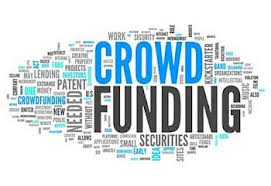• How do you manage your project from idea to actual implementation?
Make sure you have access to the skillsets and people needed to actually accomplish your project before launching. After investment, communicating and staying connected to your investors is key. Update them and your team (especially if they’re working remotely) regularly with your good news and with any delays.
• What’s the best way to engage your team?
Depending on your project, you may need to build a team. People with different experiences and viewpoints can complement your own. Your team members should feel invested in the larger goals and vision of your new venture. They should also help out with your campaign by reaching out via their own extended networks and social media channels.
• How do you continue to engage people who have donated and/or supported your idea?
Weekly or regular video updates show your supporters and audience what you’re creating and how you’re doing it. People love how-tos, and this is a great opportunity to walk your fans through your process.
Regular written updates via the crowdfunding site, email newsletters and social media channels are other useful ways to engage and inform people on your project. It’s important to answer questions and comments, when possible, to let your audience know that you’re listening.




